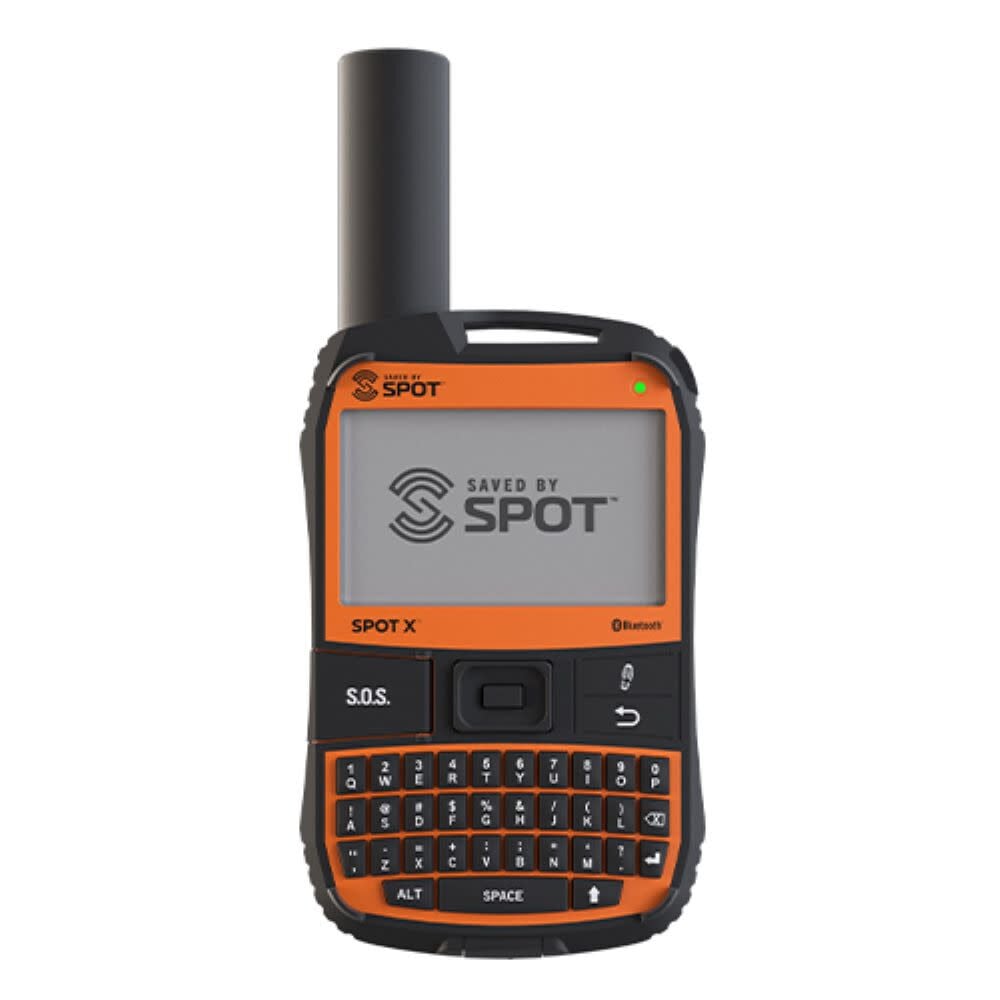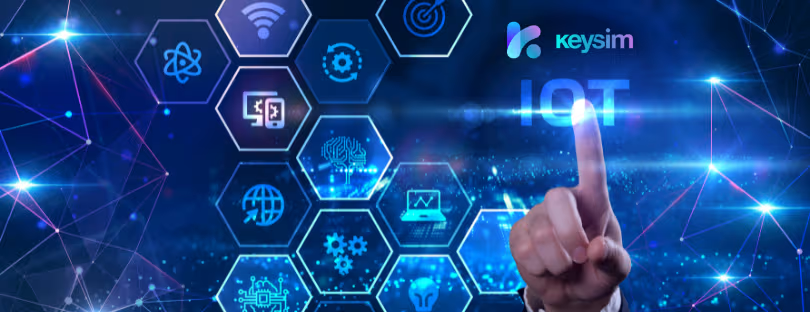
Kyivstar Becomes Europe’s First Operator to Launch Starlink Direct to Cell
VEON has announced a major milestone for Ukraine’s telecom landscape: Kyivstar has officially switched on Starlink’s Direct to Cell satellite technology for its customers, becoming the first mobile operator in Europe to bring this capability to market. And the best part? It works on ordinary 4G smartphones. No satellite phones. No special hardware. If you have a 4G device, you’re good to go.
This launch gives Ukrainians a new level of connectivity resilience in places where the terrestrial network has been damaged, shut down, or simply doesn’t exist. Starlink’s Direct to Cell constellation acts as a safety net for moments when traditional infrastructure fails.
Why This Launch Matters for Ukraine
For Ukraine, connectivity has become an essential component of safety and daily functionality. Between repeated attacks on infrastructure, network outages, and vast rural areas that remain hard to cover, the need for a backup layer has never been more urgent. Direct to Cell is designed exactly for these scenarios. It enables Kyivstar customers to stay reachable during prolonged blackouts, in de-occupied territories where towers are still being restored, in remote areas, and during humanitarian or rescue missions.
This initial rollout focuses on SMS, the most crucial channel for emergency communication when everything else collapses. Kyivstar and Starlink plan to expand this to voice and data in 2026, aligning Ukraine with the next generation of satellite-to-mobile services already developing globally.
For businesses, this opens the door to smoother operations in hard-to-reach regions. Logistics, agriculture, energy, and emergency services stand to benefit from having a communication backup that works beyond the edge of traditional coverage.
Voices Behind the Rollout
Mykhailo Fedorov, Ukraine’s Minister of Digital Transformation, called the launch a significant step forward, noting that Ukraine is the first European country to introduce Direct to Cell technology. Despite the constant challenges of wartime infrastructure damage and blackouts, the country continues to prioritise innovation and resilient digital services.
Kyivstar CEO Oleksandr Komarov highlighted the life-saving importance of communication. Kyivstar already operates with generators and battery backups that keep towers running for up to 10 hours without external power, but satellite connectivity adds a crucial additional layer. Komarov described the Direct to Cell rollout as “a vital functionality that is critical for our people.”
From Starlink’s side, VP of Commercial Sales Stephanie Bednarek described this as a milestone not just for Ukraine but for Europe. She emphasised its role in keeping people and communities connected during the moments that matter most.
VEON Group CEO Kaan Terzioglu framed the launch as part of a broader strategy across VEON’s markets, which collectively serve 528 million people. Ukraine becomes the first market in that portfolio to bring the technology to life, setting a foundation for expansion in the future.
What Kyivstar Users Get Today
The service is now available to all Kyivstar subscribers with a 4G smartphone at no extra cost. Direct to Cell works automatically when a terrestrial connection is unavailable. Coverage extends across the whole of Ukraine, with the understandable exception of occupied areas, border zones, and active combat regions. Voice and mobile data over satellite are planned for 2026, making Ukraine one of the first markets globally where hybrid satellite-cellular coverage will work directly on standard consumer devices.
Conclusion: Kyivstar Just Leaped Ahead of Europe’s Big Operators
This rollout positions Kyivstar at the front of Europe’s satellite-to-mobile race. While companies like AT&T and T-Mobile in the United States are still preparing to introduce consumer satellite services, and European operators such as Vodafone, Deutsche Telekom, Orange, and Telefónica are largely in pilot or testing phases, Kyivstar has moved straight to real deployment. GSMA Intelligence and Space Capital both highlight satellite-NTN as one of the fastest-emerging connectivity trends between 2024 and 2027, driven by demand for resilience, rural coverage, and climate- or conflict-resistant infrastructure.
What makes Kyivstar’s move even more significant is that it bypasses the “special hardware” era entirely. Users don’t need rugged satellite phones or proprietary devices. This is connectivity for ordinary people, on ordinary phones, in extraordinary circumstances.
Ukraine’s need for redundancy and resilient communication has accelerated innovation far beyond the pace seen in Western European markets. Kyivstar, VEON, and Starlink have effectively delivered Europe’s first consumer-ready Direct to Cell deployment—and that puts them ahead of some of the world’s biggest telecom players.
If trends continue as analysts predict, this won’t remain a niche offering. It’s the beginning of hybrid mobile networks becoming the norm—and Ukraine, remarkably, is leading that shift.












